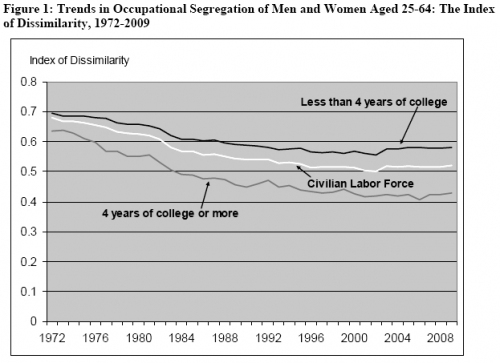
Tanita sent in this funny short video that addresses the sexism female authors have often faced when trying to get their work published or taken seriously in literary circles (some, such as Mary Ann Evans, better known as George Eliot, resorted to using male pen names to combat these problems).
What better way for female authors to deal with the situation than use their action-hero superpowers to combat sexist publishers? I present to you the Brontësaurus:
Confession: I know this will make many of you scream in horror, and that the book has all kinds of feminist overtones and is greatly beloved and majorly influenced literature, and I’m showing myself to be a literary heathen with no appreciation for the arts, but I read Jane Eyre once, and I think Charlotte Brontë’s most effective weapon might be her ability to get you bogged down reading lengthy Gothic descriptions of moors and stuff.
Though if you ever need to make me cringe and run, tell me you’re going to make me read Tess of the d’Urbervilles. I tried reading it just for fun once, and I have never been so pained.







